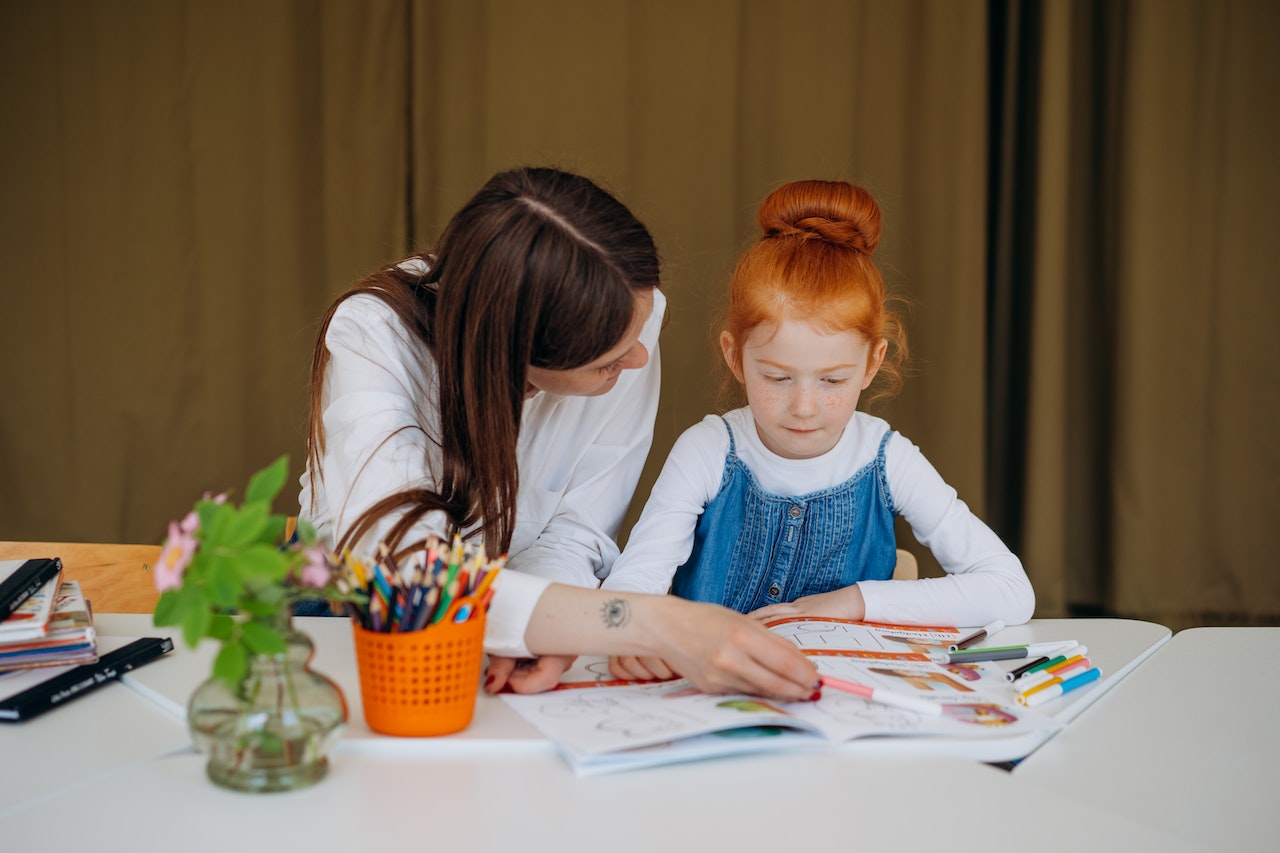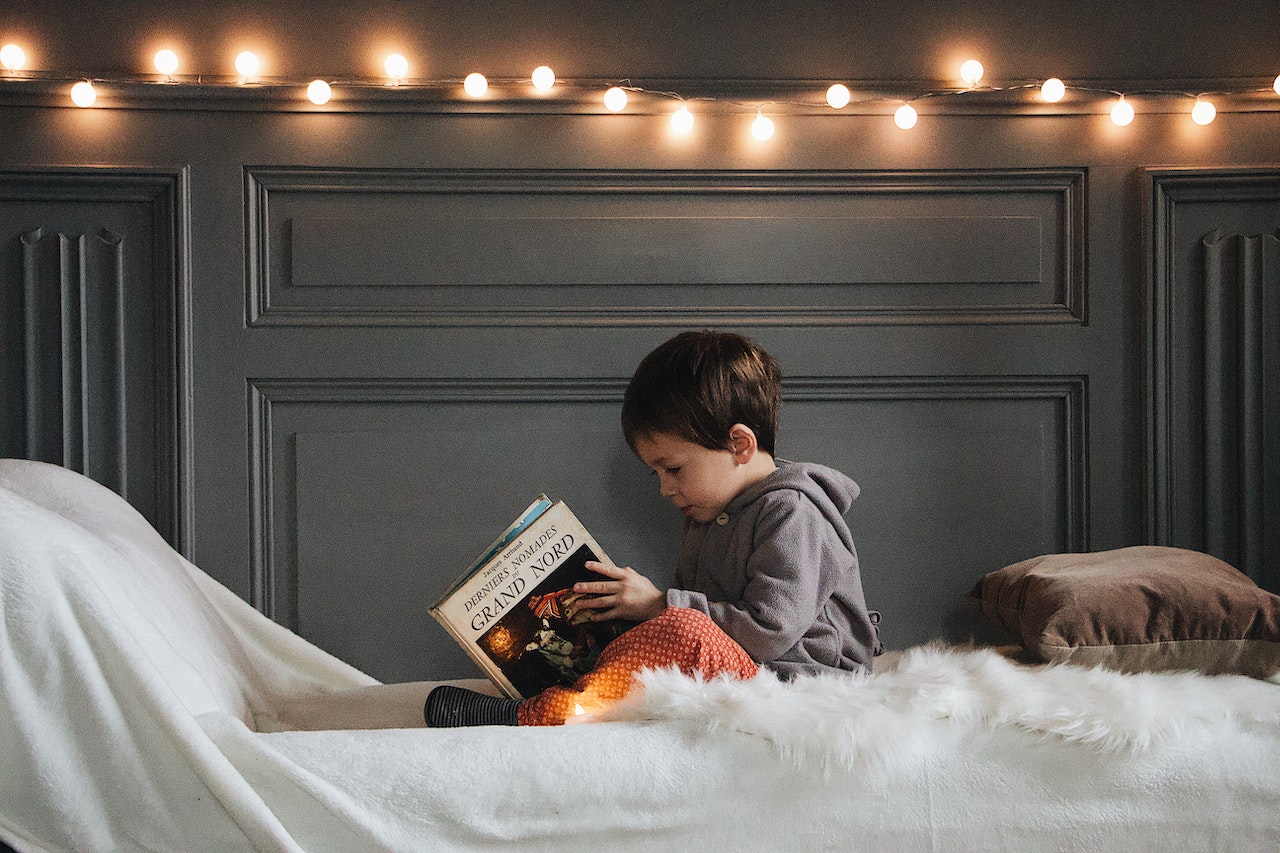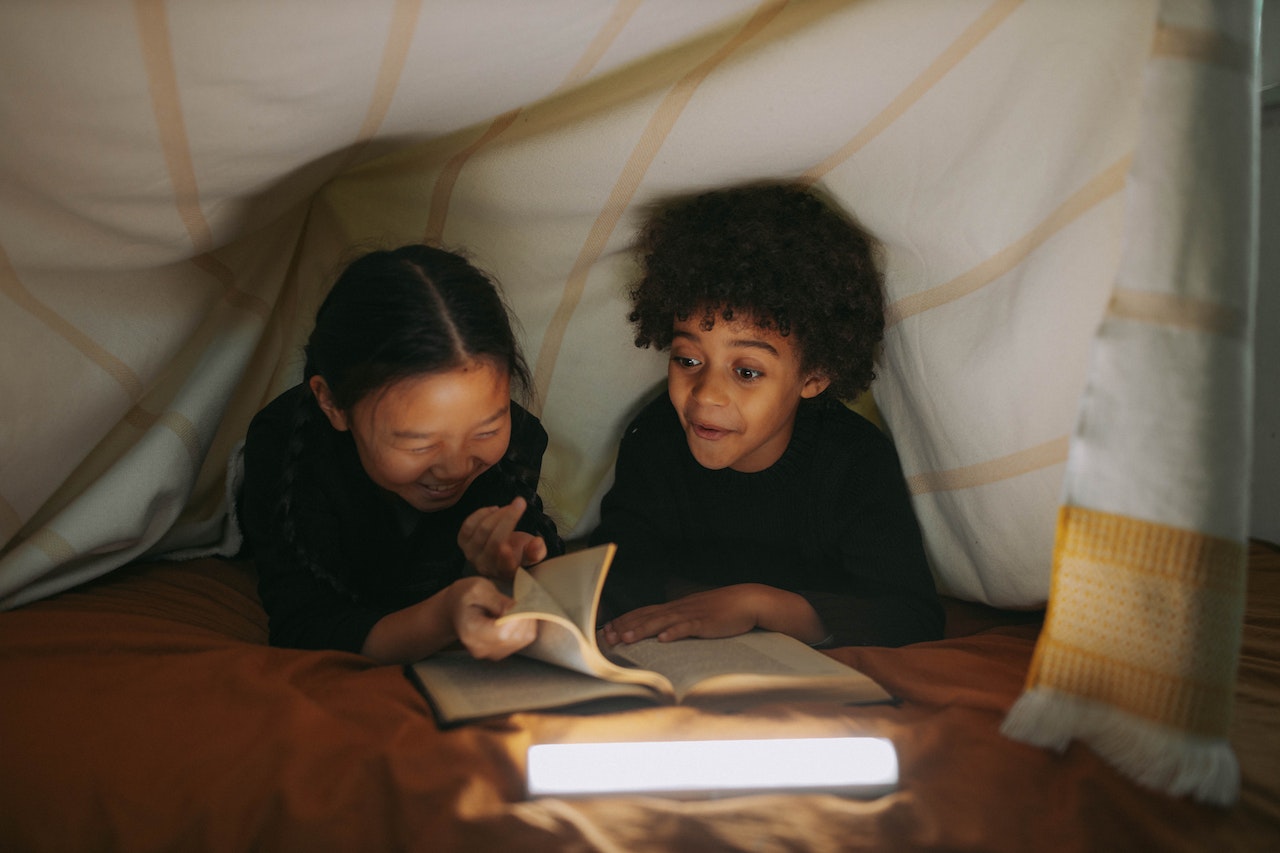
Some children struggle to immerse themselves in the excitement of a book. Even if they read “on benchmark,” their lack of enthusiasm could threaten their future reading skills. Educators know that reading more leads to an improvement in scores and gains.
Parents who feel that their child is sliding down a path of reading aversion might explore ways to add excitement to the daily reading task. A fun designated reading space offers children a novel place to read and could increase their interest in grabbing a book. Here’s how to create a reading nook with children and encourage their reading journey.
What are the Benefits of a Kids Reading Nook?
According to Save the Kids, a public nook offers access to reading materials and facilitates the goal of helping children read more. Businesses, healthcare offices, and government offices can design these spaces to ensure that children have safe and immersive activities when they are with their parents in a waiting room.
At home, a reading nook provides different benefits for children. Parents who have access to an assortment of books and other resources for their children have a unique privilege and opportunity to design a comfortable, inviting, and whimsical reading space that enhances the excitement of the reading experience.
A reading nook should offer comfortable seating, abundant lighting, and lots of books. All books and reading materials should be easy for children to reach, and the nook design should provide them with an opportunity to choose their own books. Reading nooks can include a bookshelf or even a book basket.

How to Design a Cozy Reading Nook
Architectural Digest highlighted nearly four dozen examples of reading nooks for children and adults. The nooks for children are tucked into shelf-like spaces with comfortable plush seating and ample access to books. Each space also offers a reading light for children.
The variety of reading nooks via the publication show that these spaces can be as simple as a comfortable chair next to a bookshelf or intricately designed to maximize comfort and reading enthusiasm. Children might gravitate towards uniquely designed ‘fun’ nooks. Yet, parents do not need to invest in a home improvement project to design these spaces. Instead, let personal creativity be the driving force in this project and invite children to help create and design their own nook.
A Fairytale-Inspired Child Reading Nook
A fairytale-inspired reading nook blends whimsy with comfort. Think stuffed dragons, castle designs, and knights in shining armor. Fairytale nooks can include plush bean bags or poof chairs.
Thrift stores can be an inexpensive resource to find fairytale-inspired decor. Find an old bookshelf, and paint it to look like a castle.
Some take the fairytale element to another level. The site BookBub highlighted incredibly elaborate fairytale reading nooks. One nook was hidden behind an enchanted tree. Another nook included a plush leather chair in a renaissance-inspired dungeon-like room.
One of the most creative fairy tale books was built inside an armoire. This project could be tackled by an innovative DIYer.
Create a Corner Reading Nook
The corner of any room offers an ideal space for a reading nook. Parents who don’t have much room for designing an elaborate reading nook can choose to add a nook in a corner. Use a large basket to store books, add a plush chair or even a mound of pillows, and don’t forget to ensure the space is well lit.
Parents can even grab a sleeping bag, extra pillows, and their child’s favorite stuffed animals to design a special reading space. A flashlight offers a fun way to illuminate a book.

The Best Reading Nook for Kids
Reading nooks can be any design, but the goal is to create a space that children find welcoming. Encourage children to create their own reading nook. Ask them what type of design they would like for this designated reading space.
Parents who want to go old-school with a reading nook design might simply use a small tent for an inside nook. Remember that the goal is to get children excited to read. Even pitching a small tent in their room or in the basement can be a fun new environment for reading a good book.
For a classic ‘tent nook,’ add piles of blankets and pillows. Don’t forget to add a light. For tent nooks, a flashlight might be the ideal nook. Parents also can look for a battery-powered lantern.
Bedroom Nooks
Some children prefer to read in their bedroom. Reading in bed can help prepare the body to fall asleep. During the day, though, parents probably don’t want to lull children to dreamland.
If the ideal space for a reading nook is the child’s bedroom, think about creating a corner reading nook or even a window seat nook. The natural light near a window makes it a great reading space.
Reading Nook Don’ts
Reading nooks are designed to encourage reading. They should not offer more distractions for children, especially if the child is already averse to sitting down with a good book.
Avoid these nook “don’ts:”
- Too many stuffed animals and toys. While plush pillows and stuffed animals add fun and whimsy to the nook, limit the amount of toys near the reading space.
- Nooks in dimly-lit areas. Avoid the low-light nook. Remember that children should have proper light for reading.
- Nooks designed in loud areas of the home. Trying to read when parents are talking or the television is blaring can be incredibly distracting. Only design nooks in quiet spaces of the home.
- Cold or hot nooks. Some children become cognitively overloaded when they are distracted by the temperature of a room. If the basement is too cold or the attic space gets too warm, designate another room for a reading nook.
- Parent-curated book baskets and shelves. Offer a variety of age-appropriate reading materials for children and let them choose what they wish to read during their reading time. Take children to thrift stores and let them pick books for their nook. Parents should not choose books for children. Remember that reading is an adventure; let children choose this adventure.
Nooks for All Ages
Reading nooks are not just for young children. Teens and adults love them, too. As children get older, create a nook that ages with them. For teens, create corner nooks in finished basements or their room. Think about adding poofs or bean bag chairs.
Adults might opt for a quiet library space in their home. As children leave for college and parents become empty-nesters, a home project could involve creating a library in the home that offers a plush chair or couch for reading. Perhaps adults create a window seat for their nook.
A designated reading space or nook can transform the reading journey at any age. The goal of these spaces is to encourage and motivate children to want to curl up with a good book. If they are excited about the space for reading, they might look forward to accruing their reading minutes.
Nooks can be simple or elaborate. Parents don’t have to spend a lot of money to make a great space for reading, though. A basket of books, a pile of pillows, a flashlight, and a quiet room might be the best reading nook for a child.

 Español
Español